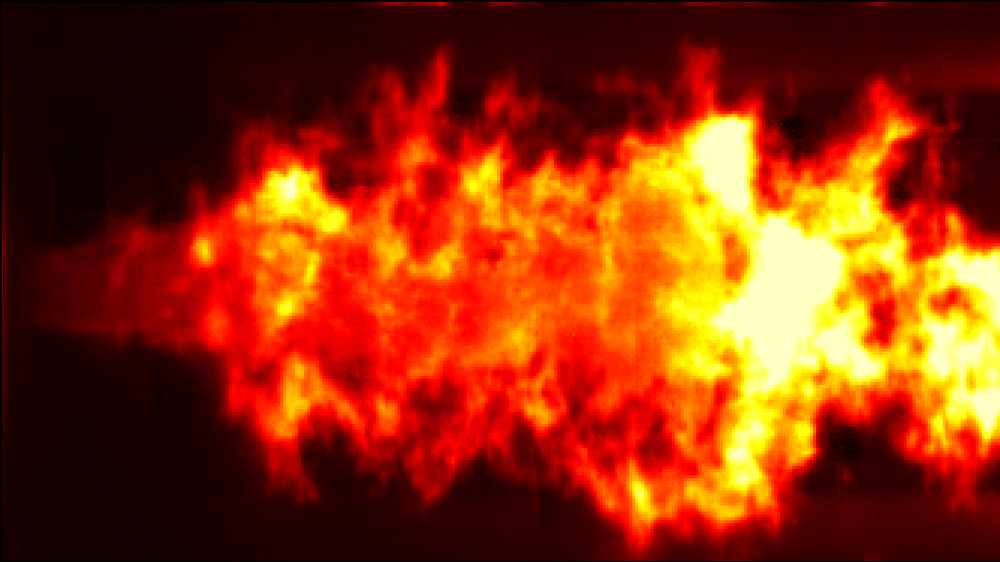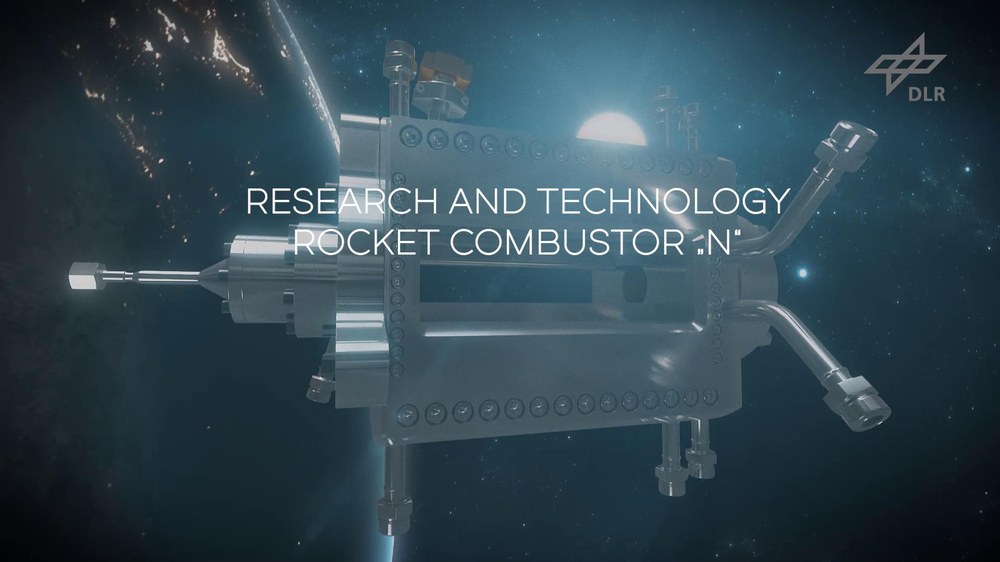Rotating Detonation Engines
Rotating detonation engines (RDE) are based on the controlled detonation of propellants. This makes them potentially more efficient than conventional rocket engines.
The Combustion Dynamics group deals with combustion dynamics processes in rocket combustion chambers. This includes the experimental investigation of propellant injection into the combustion chamber, the ignition process and the experimental investigation and modeling of combustion instabilities in combustion chambers.
Fuel injection significantly influences the stabilization of the combustion zone in the combustion chamber and thus the efficiency of an engine. Experiments and numerical simulations are used to analyze the flow dynamics within injection elements and the interaction of the inflow properties with combustion.

In the field of ignition of rocket combustion chambers, the effects of start-up sequences on the ignition process as well as new ignition systems and methods, such as laser igniters, are being developed and tested.
Work on combustion instabilities focuses on the interaction of acoustic oscillations with combustion. The dynamic processes are recorded quantitatively in research combustion chambers. Using specially developed measurement techniques and data evaluation algorithms, details of the energy transfer from combustion to acoustics are elucidated. Numerical simulations support the interpretation of the observed processes.

Video: DLR develops new research combustion chamber
Your consent to the storage of data ('cookies') is required for the playback of this video on Youtube.com. You can view and change your current data storage settings at any time under privacy.
For the experimental investigations, tests are carried out with test combustion chambers and igniter prototypes, for example with the help of the modular research combustion chamber "N", which enables tests with up to 100 bar combustion chamber pressure and optical access to the combustion chamber.
These tests take place at the technical center M3.1 and the research and technology test bench P8 of the DLR Institute of Space Propulsion in Lampoldshausen. The following services are provided by the Combustion Dynamics Group:
